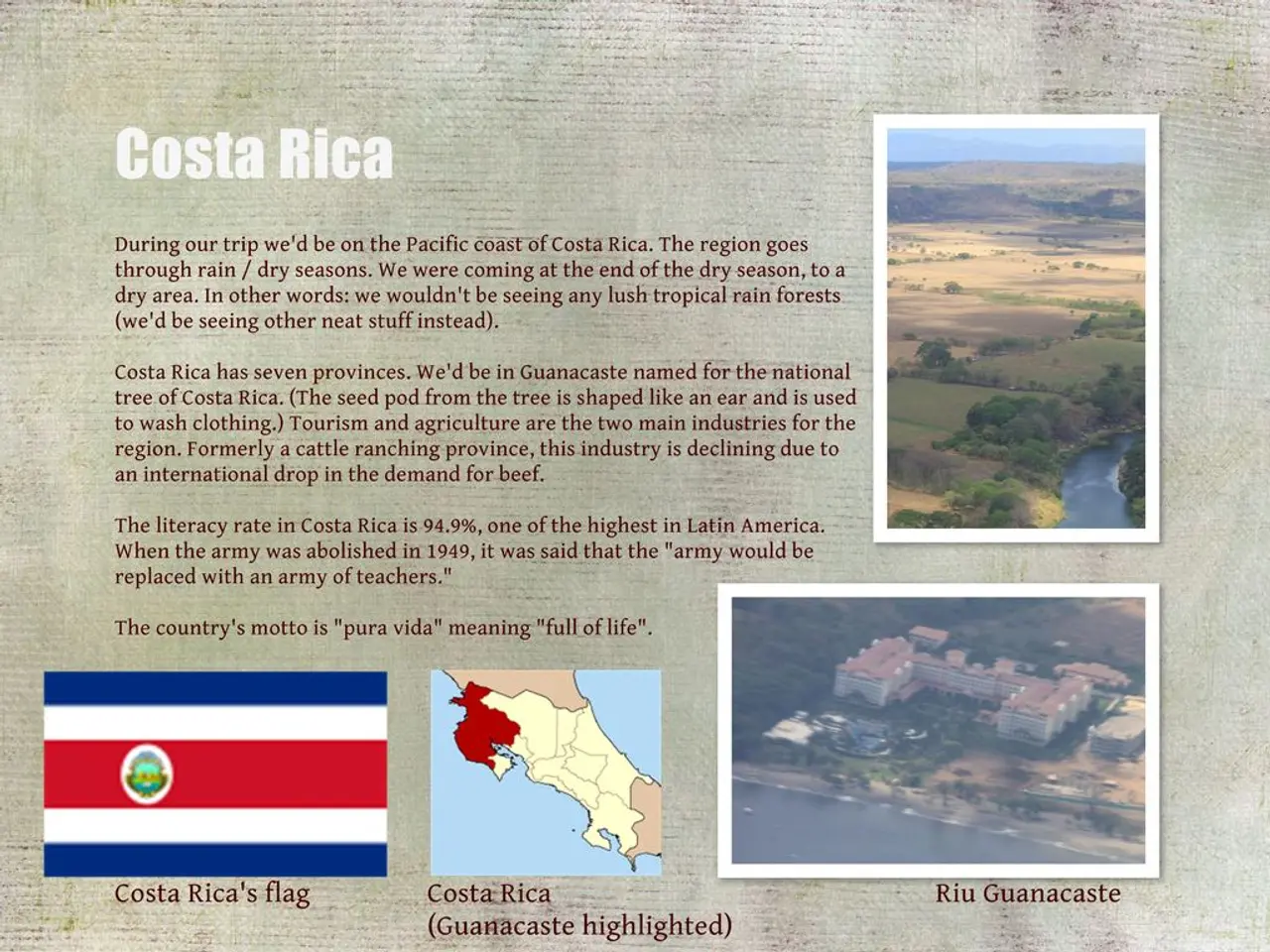Economic Struggles Amid Trump's Trade Conflicts Hit Labor Sector
The U.S. job market presented a mixed picture in July, with employers adding 73,000 jobs, according to the latest data released by the Labor Department. This figure is a significant drop from the previous months and is below the pre-pandemic levels.
The Federal Reserve, in its meeting on Wednesday, left its key rate unchanged for the fifth consecutive time, signaling little urgency to reduce rates anytime soon. Jerome Powell, the Federal Reserve Chair, stated that the labor market remains solid, with historically low unemployment rates. However, he acknowledged a "downside risk" to employment due to the slow pace of hiring.
The manufacturing sector, in particular, experienced a setback, shedding 11,000 jobs last month. Conversely, healthcare companies added 55,400 jobs, accounting for 76% of the jobs added in July.
The unemployment rate increased to 4.2% in July from 4.1% in June, and the number of people in the labor force decreased modestly last month. The ranks of the unemployed rose by 221,000 last month, and jobs in administration and support fell by nearly 20,000.
The weak jobs data makes it more likely that the Federal Reserve will lower short-term interest rates in the near future. Chairman Powell, during the meeting, expressed his concerns about the slow pace of hiring and the potential impact on the economy.
Looking back, the U.S. economy has been navigating through the ripples of Trump's trade policy overhaul from 2017 to 2025. The extensive tariffs on various goods, including steel, aluminum, semiconductors, pharmaceuticals, and Chinese goods, created a protectionist environment that led to mixed impacts on the U.S. job market and economy.
While tariffs boosted production in protected domestic industries like steel and aluminum manufacturing, they simultaneously increased costs for downstream industries, contributing to a 0.2% drag on U.S. GDP and triggering retaliatory tariffs from trade partners. These tariffs also introduced uncertainty and volatility in key sectors such as semiconductors and pharmaceuticals, leading to significant market volatility, including a 10% drop in the S&P 500 in April 2025.
The resulting economic environment led to significant market volatility, including a 10% drop in the S&P 500 in April 2025 as investors sought safer assets amid legal disputes over tariff legality. The tariffs raised average U.S. tariff rates to 22.5%, with high levies such as 50% on copper and aluminum imports further destabilizing sectors like automaking and metal markets.
In the job market, these policies had a dual effect: domestic producers experienced job gains, but higher input costs and trade retaliations constrained broader employment growth, especially in export-oriented industries affected by reciprocal tariffs. The uncertainty around tariff renewals and expansions complicated investment and operational decisions for businesses, potentially suppressing job creation and economic expansion.
In conclusion, Trump's trade policy overhaul shifted the U.S. economy toward protectionism with short-term benefits for certain domestic sectors but imposed significant costs through higher prices, disrupted supply chains, dampened GDP growth, equity market instability, and complex trade tensions that weighed on the job market and economic outlook.
[1] Source: Brookings Institution [2] Source: The Wall Street Journal [3] Source: Council on Foreign Relations
Politics play a significant role in shaping the business landscape, as evidenced by the impact of Trump's trade policy overhaul from 2017 to 2025. The extensive tariffs on various goods led to mixed impacts on both the U.S. job market and general news headlines, with the health sector being an exception as it enjoyed 55,400 new jobs in July. Furthermore, the slow pace of hiring in the U.S. and the resulting economic environment have raised concerns in the political sphere, particularly among policymakers in the Federal Reserve.






